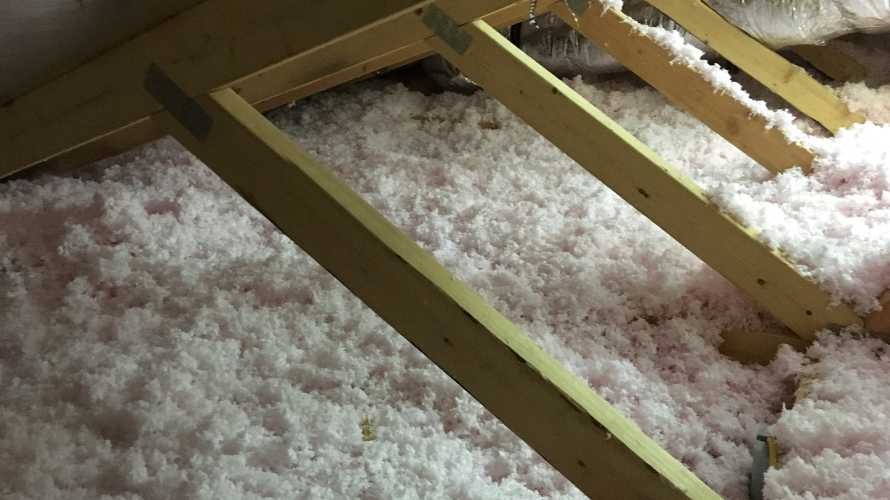Attic insulation is essential to any home’s energy efficiency and overall comfort. It helps regulate the home’s temperature and humidity levels, reducing the need for heating and cooling and keeping the indoor environment more comfortable.
However, like any other part of a home’s infrastructure, attic insulation may need to be replaced over time. Here are some signs that it may be time to replace your attic insulation.
1. Uneven Temperature:
If your home’s temperature is inconsistent throughout, it may be time to replace your attic insulation. An uneven temperature could indicate gaps or thinning areas in your current insulation, allowing heat to escape or enter your home.
Dealing with uneven temperatures in your home can be a frustrating experience. This issue often arises due to various factors such as poor insulation, inadequate ventilation, or an inefficient heating and cooling system. You may notice that some rooms are much warmer or cooler than others, creating an uncomfortable living environment.
Uneven temperatures disrupt your comfort and strain your HVAC system as it works overtime to compensate for temperature discrepancies. Addressing uneven temperatures often involves improving your home’s insulation, ensuring proper air circulation, or upgrading to a more efficient heating and cooling system.
2. High Energy Bills:
If your energy bills have been consistently high, it could indicate that your attic insulation is no longer doing its job correctly. An old, damaged, or poorly installed insulation can cause your HVAC system to work harder, resulting in higher energy bills.
Replacing your attic insulation with newer, more energy-efficient materials can help reduce your energy consumption and save you money on utility bills. Additionally, proper installation is crucial to maximize the effectiveness of your insulation and avoid any gaps or weak spots that could lead to higher energy costs.
3. Drafts:
A drafty home is uncomfortable and can also increase your energy bills. If you feel drafts or cold spots around your home, your attic insulation is likely not providing enough protection.
These drafts can enter your home through insulation gaps, reducing its effectiveness.

4. Moisture:
Moisture in your attic can indicate several issues, including poor ventilation and damaged insulation. Wet insulation can lose effectiveness, allowing heat to escape and moisture to enter your home, which can cause mold growth and other issues.
If you notice any signs of moisture in your attic or on your insulation, it’s crucial to address the issue immediately. Proper ventilation and replacing damaged insulation are key steps to prevent moisture from damaging your home.
5. Insect Infestations:
Insects, rodents, and other pests are attracted to insulation material as a source of food and nesting material. If you notice animal droppings or signs of an infestation in your attic, it may be time to replace your insulation.
Additionally, pests can cause damage to insulation material, leaving gaps and compromising its effectiveness. Replacing your attic insulation will improve energy efficiency and help keep unwanted critters out of your home.
Conclusion
If you notice any of these signs, it is vital to have a professional assess your attic insulation. A skilled roofing and insulation contractor can help you determine the extent of the problem and recommend the best course of action, including replacing your insulation or repairing your ventilation system.
By addressing these issues early on, you can avoid costly repairs and keep your home comfortable and energy-efficient for years.
In addition, here are some excellent resources for you:- Should You Insulate Your Attic Yourself Or Hire A Professional?
- Top 10 Benefits of Insulating Your Attic
- What Are The Benefits Of Having New Siding Installed On Your Home?
- How To Know When It’s Time For A New Roof
- How to Hire an Attic Insulation Contractor: the Ultimate Checklist
- How to Avoid Being Scammed by an Attic Insulation Contractor




